How do you get thin grout lines?
shannonaz
16 years ago
Featured Answer
Comments (27)
debbie_2008
16 years agoweedyacres
16 years agoRelated Professionals
Albany Kitchen & Bathroom Designers · King of Prussia Kitchen & Bathroom Designers · Olympia Heights Kitchen & Bathroom Designers · Artondale Kitchen & Bathroom Remodelers · 20781 Kitchen & Bathroom Remodelers · Hanover Township Kitchen & Bathroom Remodelers · Idaho Falls Kitchen & Bathroom Remodelers · Lisle Kitchen & Bathroom Remodelers · Lynn Haven Kitchen & Bathroom Remodelers · Albany Glass & Shower Door Dealers · Novato Glass & Shower Door Dealers · Skokie Glass & Shower Door Dealers · Maywood Cabinets & Cabinetry · Boston Window Treatments · Seattle Window Treatmentsbill_vincent
16 years agoMariposaTraicionera
16 years agomungo
16 years agobill_vincent
16 years agoorganic_donna
16 years agobill_vincent
16 years agoweedyacres
16 years agobill_vincent
16 years agodlm99
16 years agobill_vincent
16 years agoweedyacres
16 years agobill_vincent
16 years agoocdmom
16 years agobonnieg011
16 years agobonnieg011
16 years agobonnieg011
16 years agoocdmom
16 years agobonnieg011
16 years agobill_vincent
16 years agooruboris
16 years agoweedyacres
16 years agoocdmom
15 years agobill_vincent
15 years agocynking
15 years ago
Related Stories
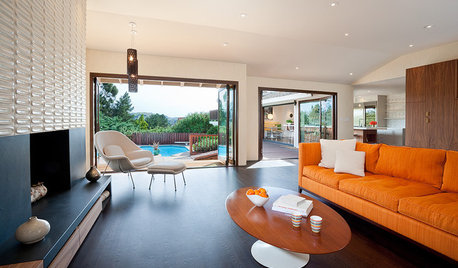
REMODELING GUIDESStyle Update: Tile Gets in Line
Install Your Tile in a 'Stacked Bond' Grid for an Clean, Modern Look
Full Story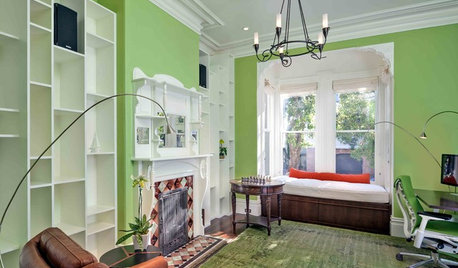
COLORHouzz Tour: A Colorful Victorian Gets a Through Line
Color, repetition and a 52-foot-long runner unify the rooms in this newly redecorated San Francisco home
Full Story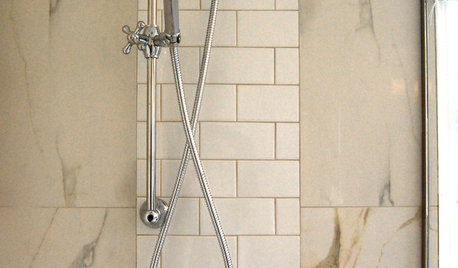
REMODELING GUIDES9 Ways Grout–Yes, Grout–Can Add to Your Design
Choose From a Palette of Grout Colors for a Warm, Unified Look
Full Story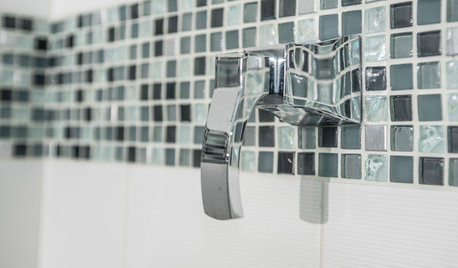
TILE3 Key Steps for Grouting That Looks Its Best
Get your grout right to keep your tile beautiful and for an installation that will last
Full Story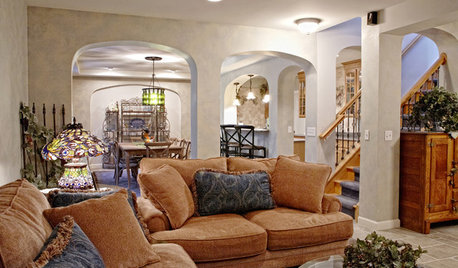
DECORATING GUIDESSet the Right Mood With the Right Lines
Soothe with curves or go straight-up efficient. Learn the effects of lines in rooms to get the feeing you’re after
Full Story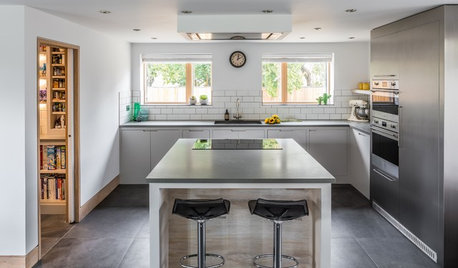
KITCHEN DESIGNA 1950s Kitchen Gets a Beautifully Sleek Update
Industrial materials, clean lines and handleless cabinets give an open-plan kitchen its contemporary look
Full Story
BATHROOM DESIGNConvert Your Tub Space Into a Shower — the Tiling and Grouting Phase
Step 3 in swapping your tub for a sleek new shower: Pick the right tile and test it out, then choose your grout color and type
Full Story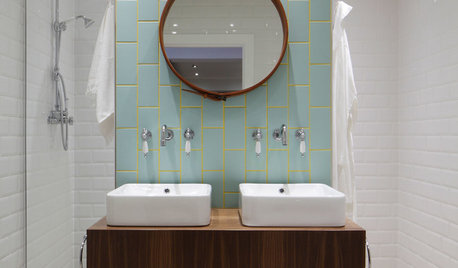
BATHROOM DESIGNWhat Grout Color Should You Choose for Your Tile?
More than an afterthought, the right grout contributes to your tile scheme by creating a cohesive, eye-catching unit
Full Story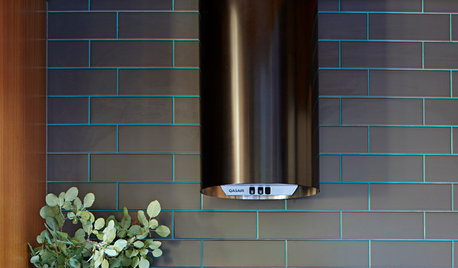
MOST POPULARIs Colorful Grout the Next Big Trend in Tile Design?
See how grout in 7 eye-catching colors is spicing up kitchens and bathrooms abroad
Full Story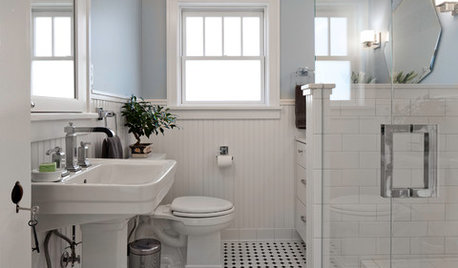
BATHROOM MAKEOVERSRoom of the Day: Craftsman Bathroom Gets Its Good Looks Back
A bathroom renovation in a century-old home combines era-appropriate style with updated touches
Full StorySponsored
Most Skilled Home Improvement Specialists in Franklin County
More Discussions








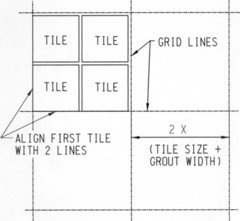


kgwlisa